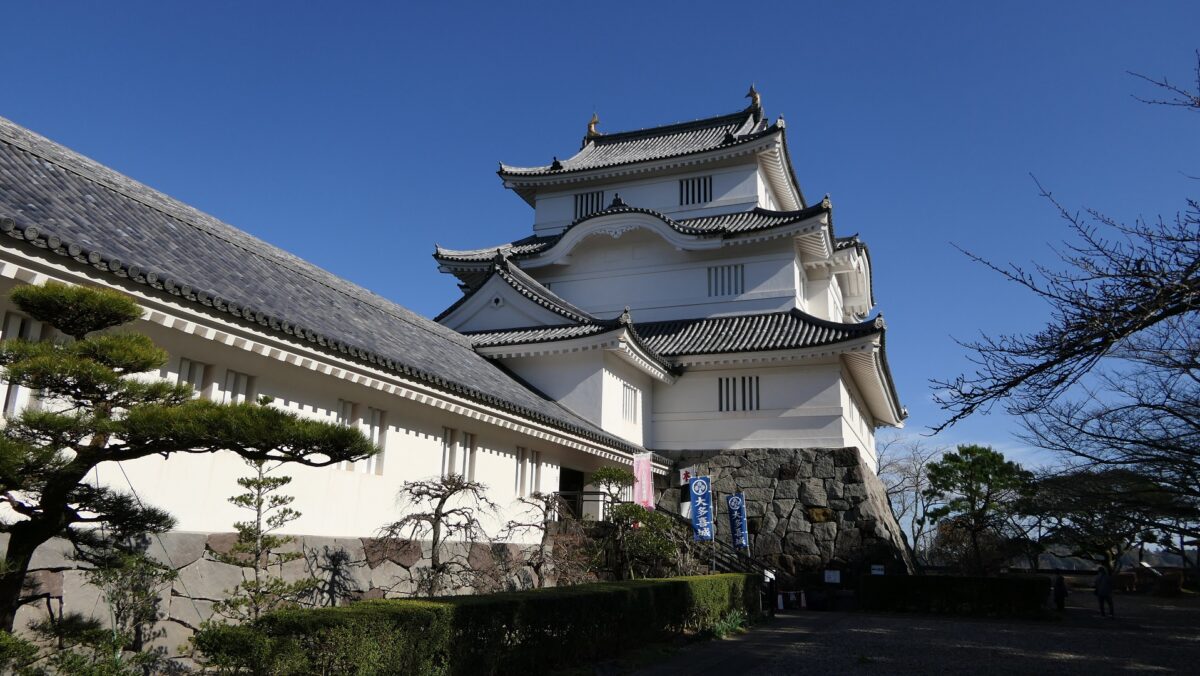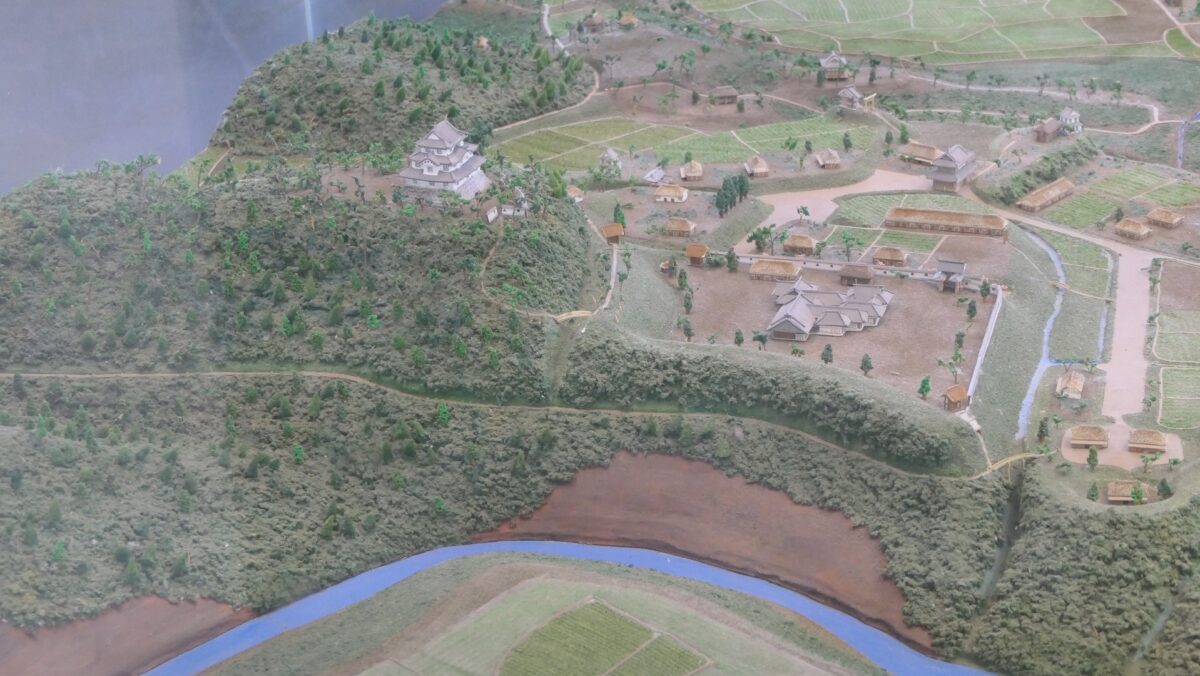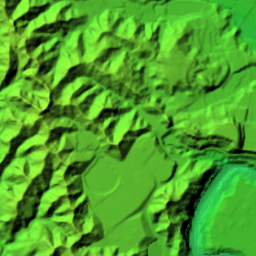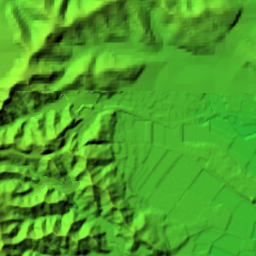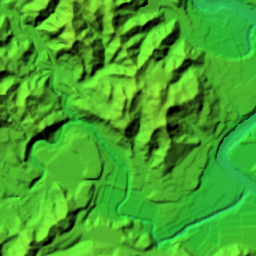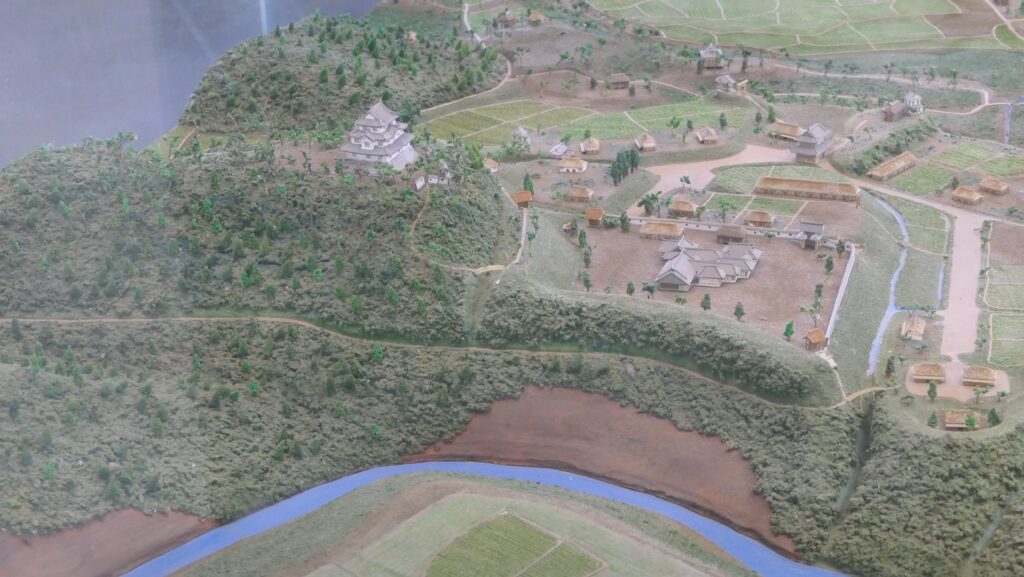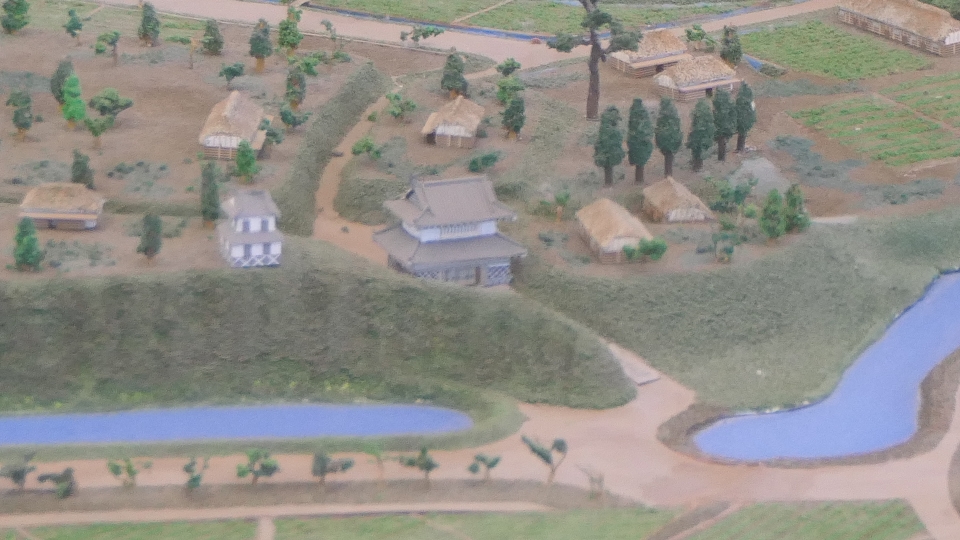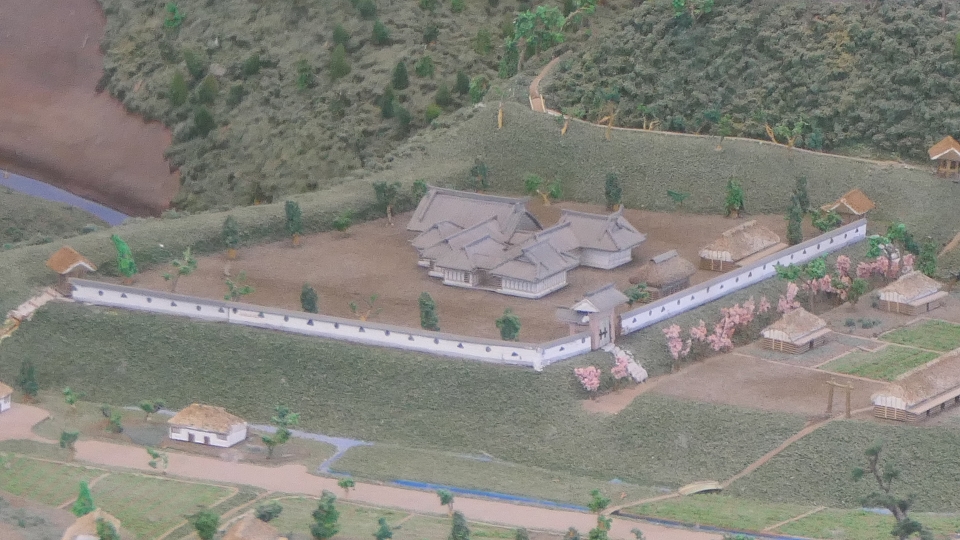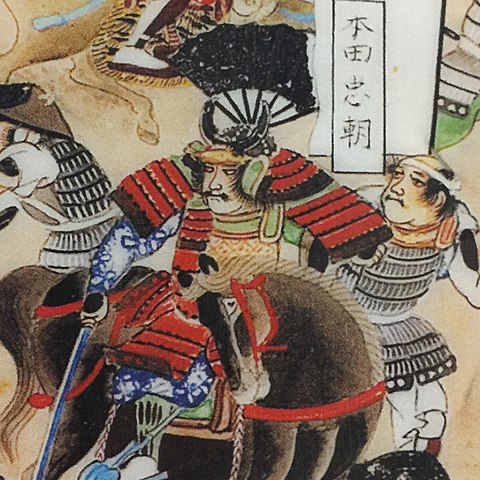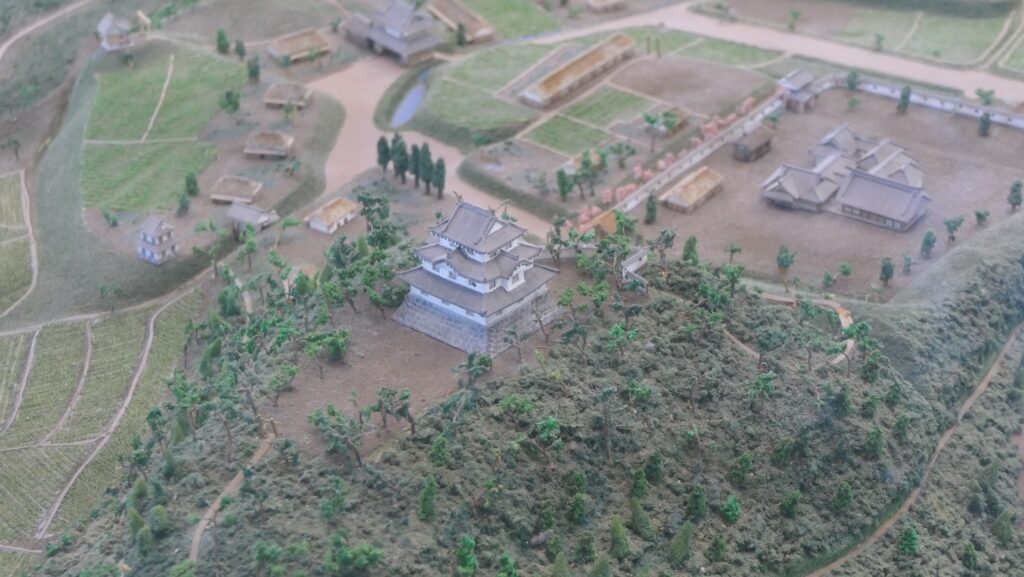Features
Main Tower as Museum
Today, there are a few remaining items of the original Otaki Castle. However, Chiba Prefecture rebuilt a historical museum that looks like the Main Tower called Otaki Castle on the Main Enclosure.
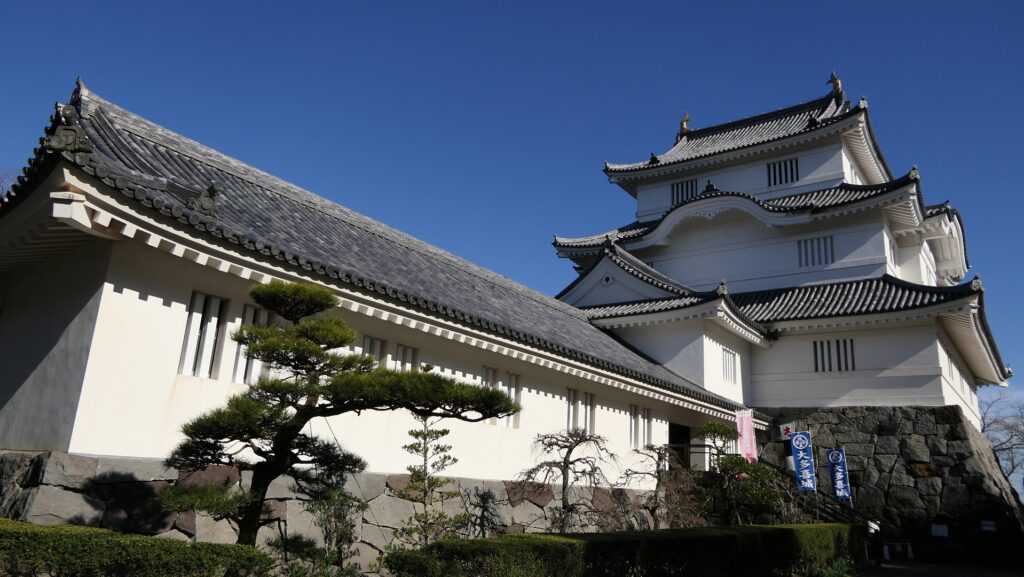
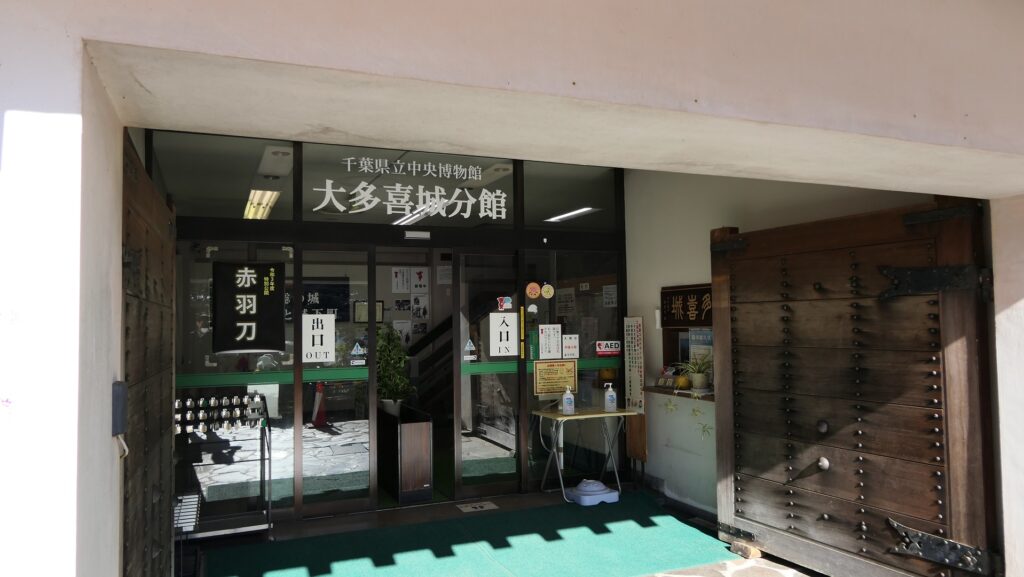
Going to Main Enclosure along Isumi-gawa River
If you want to visit the current Otaki Castle, there are two main routes you can take to visit from Otaki Station. One is for drivers, which starts from the front of the station to the south through the Imitation Main Gate. The route turns right to the west along the Isumi-gawa River. This part is named Mexico Street from the relationship with the country, which was derived from the episode of Rodrigo de Vivero.
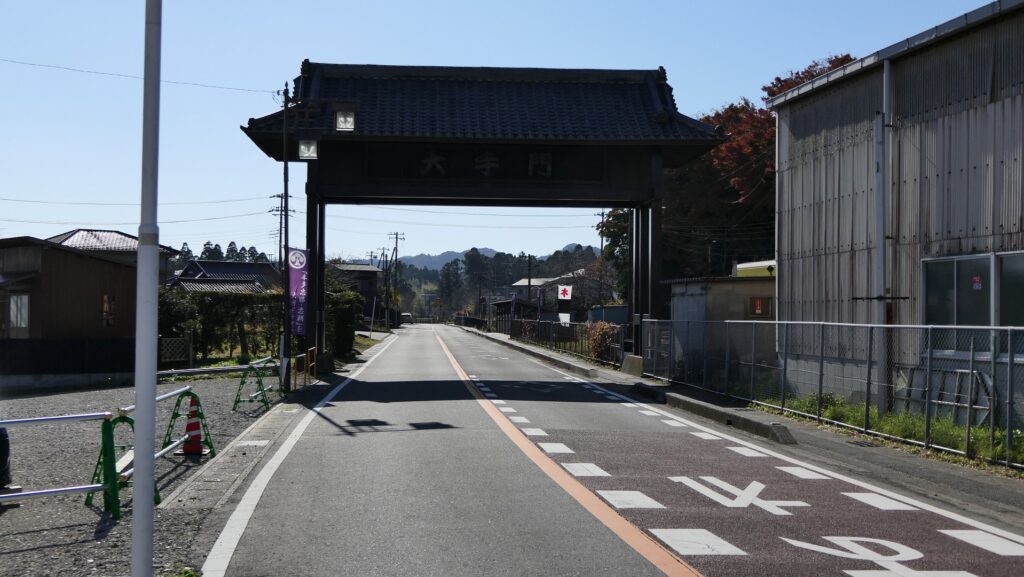

You can see the route was built on the mid slope of the steep cliff with the hill on the right and the river on the left, which were a natural hazard for the castle. The parking lot is located under the Main Enclosure.
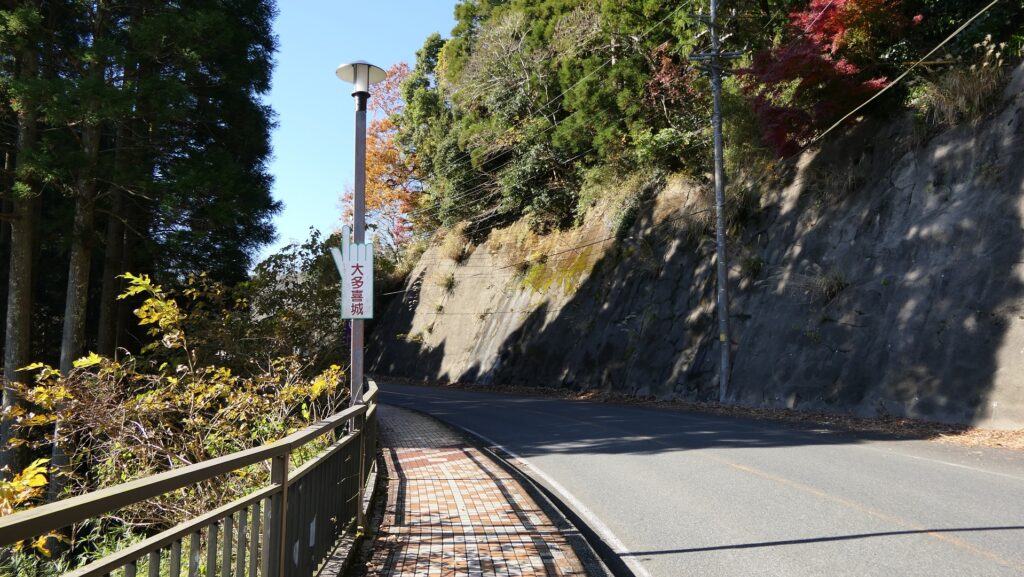
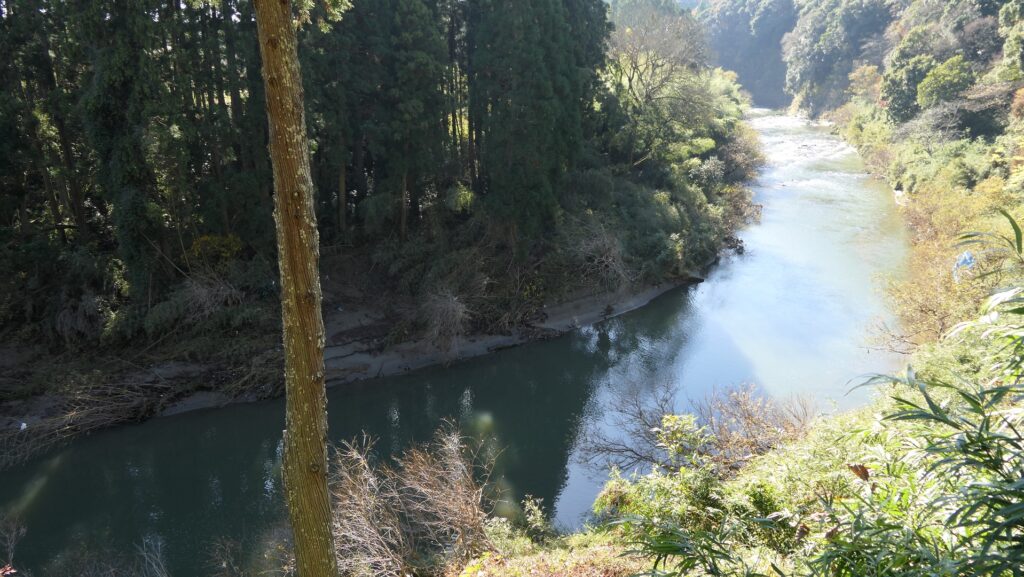
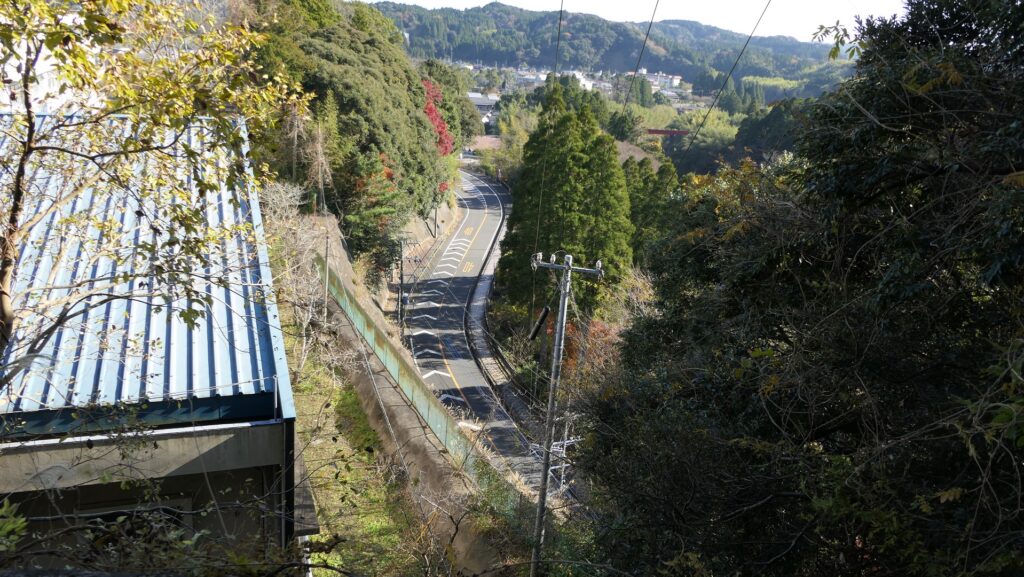
Going to Main Enclosure through Second Enclosure
The other route is for people on foot, which starts from the back of the station. The ruins of the real Main Gate is nearby. However, there is only one signpost because the area around has become a residential area. After going along the route, you will reach the second enclosure which is now used as a high school. The route goes up on the earthen walls to the enclosure where the Main Hall for the lord was built in the past.
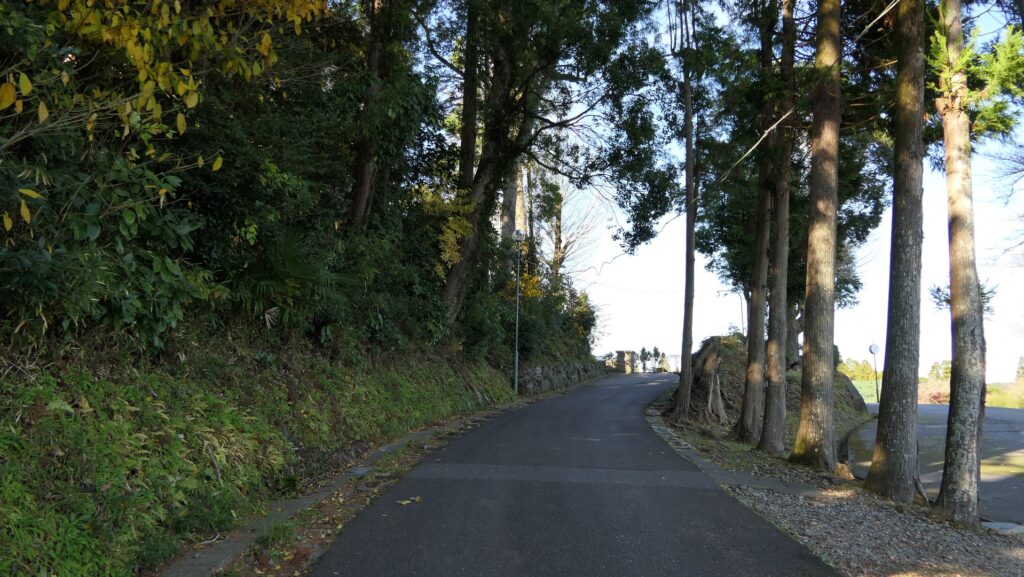
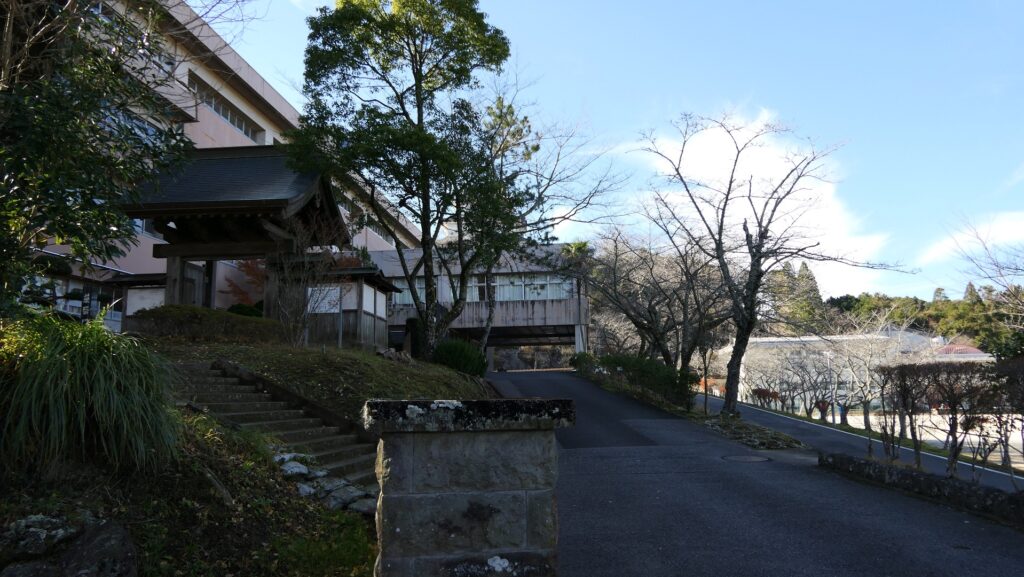
There are two remaining items of the castle. One of them is the Back Gate of the hall, which was once sold, but later restored at its present location. The other is the Large Well which has a perimeter of 17meters. you can see the Main Tower at the highest point on the Main Enclosure from there.
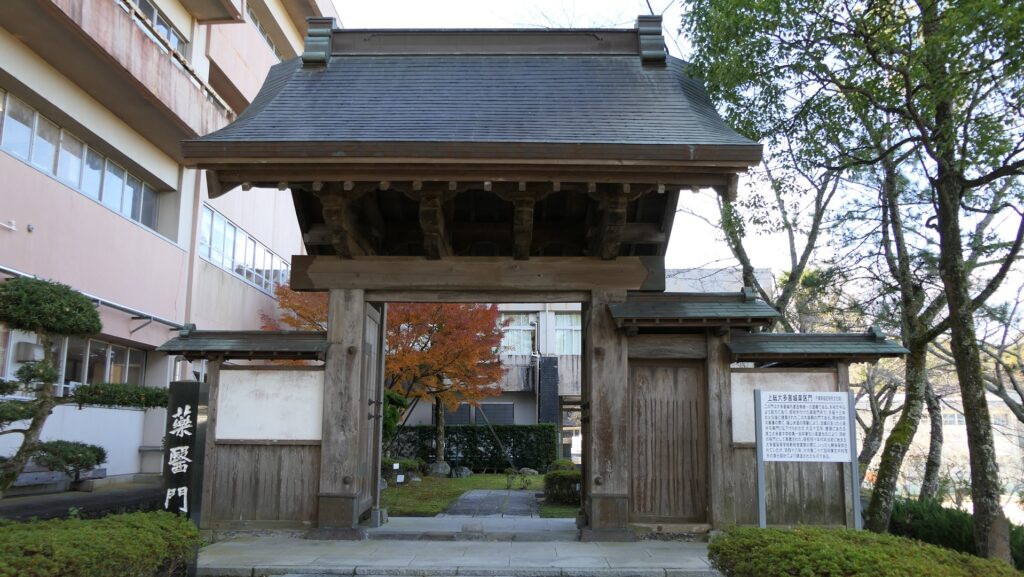
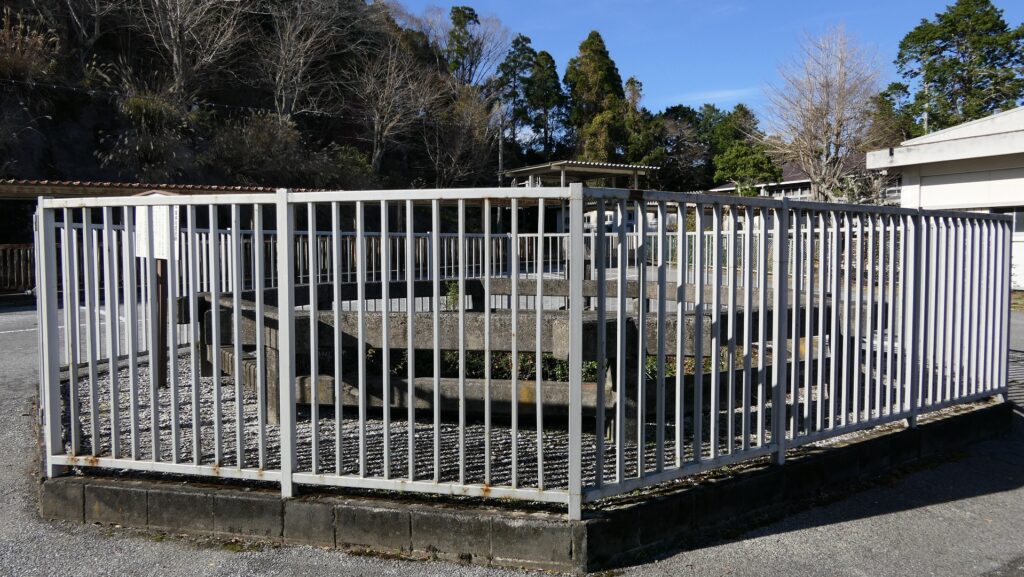
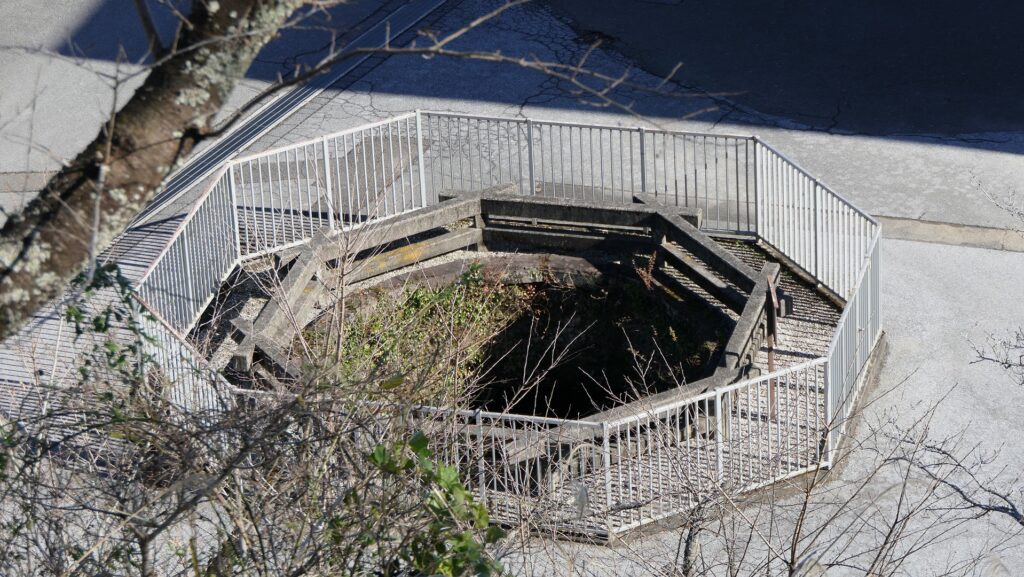
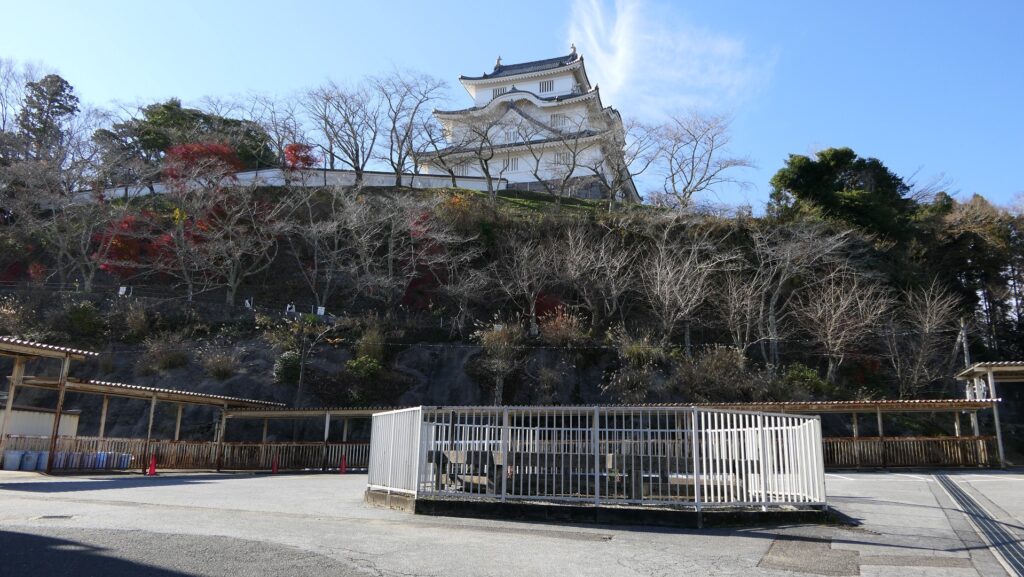
Old castle traces and New Imitation Main Tower on the Main Enclosure
You can climb up to the Main Enclosure from the front (the Second Enclosure) or the back (the parking lot). On the way to the enclosure, you can see old earthen walls, dry moats, and artificial steep cliffs which probably originated from the first stage of the castle. Indeed, the traces of the castle being called Odaki Castle were discovered during the excavation.
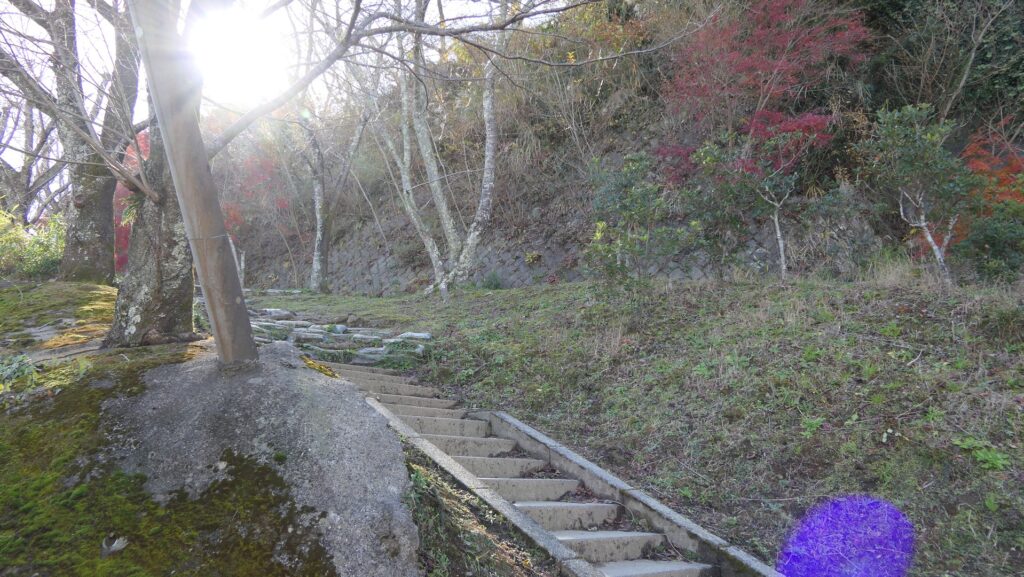

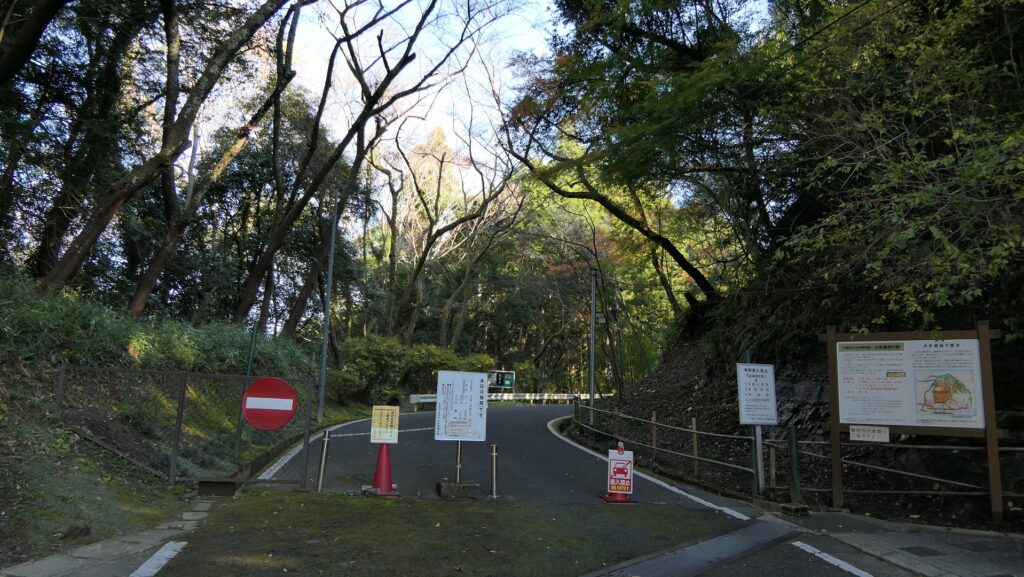


However, those of the original Main Tower or its stone wall base have not been found at all. The present Main Tower and its stone wall base were built in the present time, based on a drawing of the original three-level Main Tower which was found at an old merchant house in the castle town. However, since the only item can not be seen as real evidence. It can only be called the Imitation Main Tower.
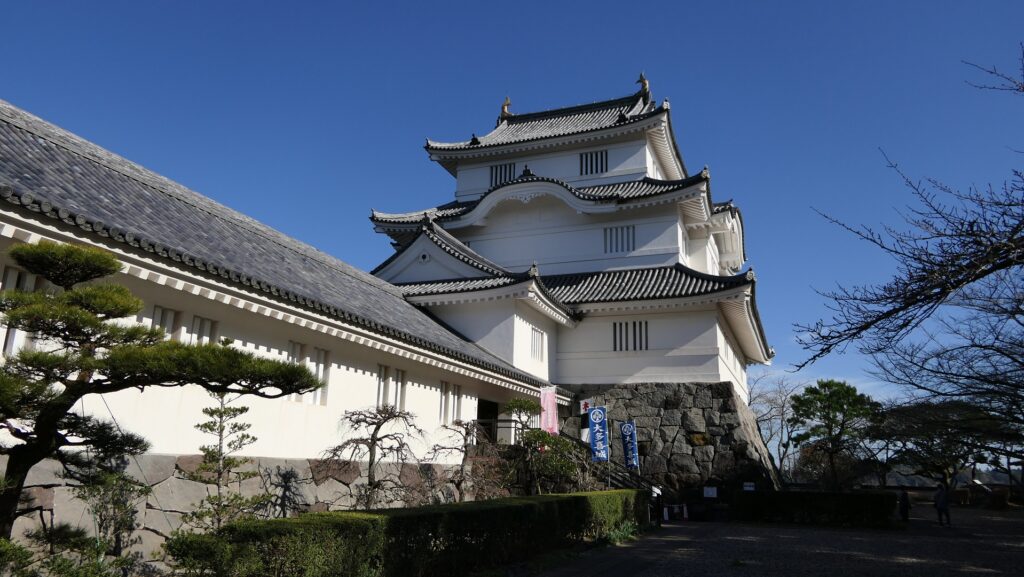
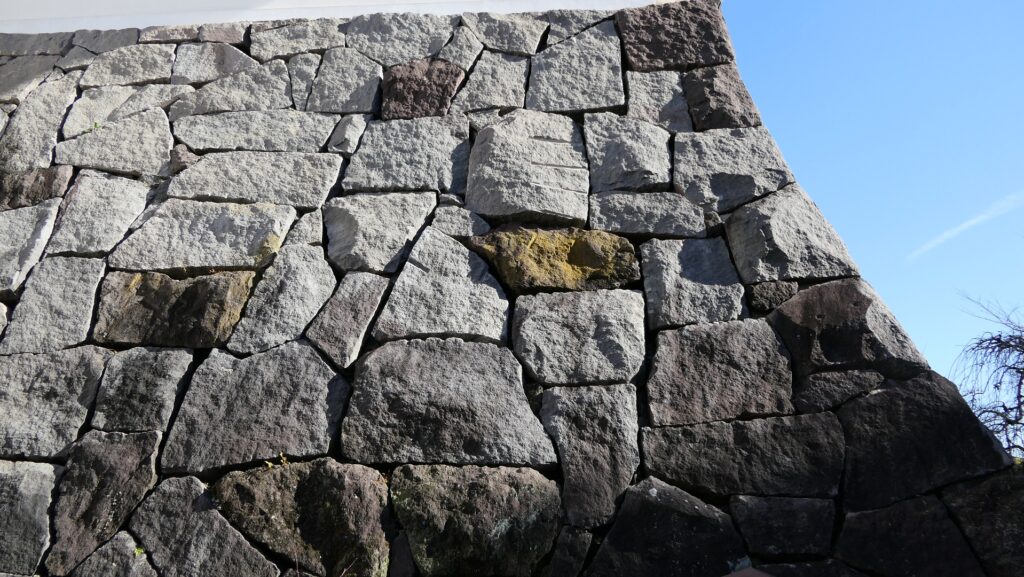
To be continued in “Otaki Castle Part3”
Back to “Otaki Castle Part1”

